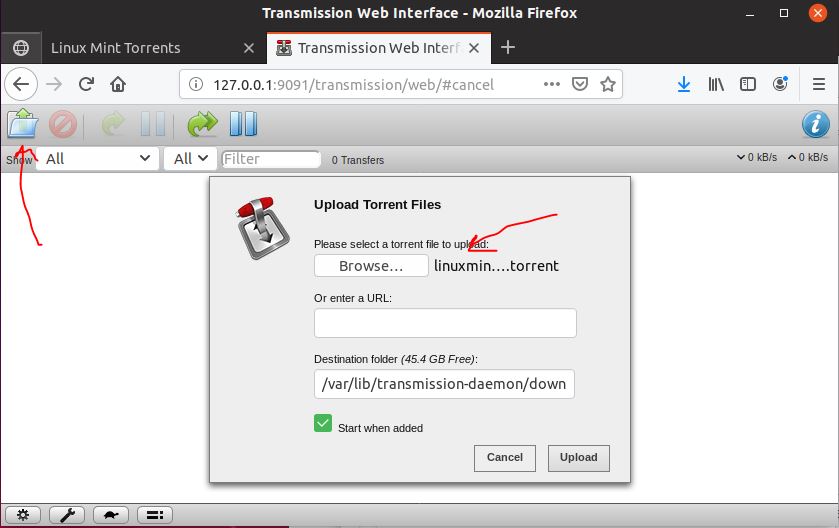

#How to run transmission torrent client web interface full#
A full sized desktop-level machine would serve that action much more smoothly.įor my VPN, I will be using a service provided by, and will be configuring my Pi for that service’s requirements. I will also not be going into this, and would probably not recommend using a Raspberry Pi as your primary gateway in this case, since it likely won’t have the horsepower (even being overclocked) to deal with the heavy encryption/decryption activities required. It’s also possible to use an established VPN as your primary interface to the Internet, and cover all your presence for more than just file sharing (for example, for your Web browsing activities as well).

(Well, Google used to be your friend before the NSA.) There are other methods of securing your Internet presence, but I will not be covering them here. In my case, I will be relying on a commercial organization to provide me with that security (i.e., a Virtual Private Network) and I will be configuring my Pi to use that VPN. The key element of this tutorial is creating a “secure” presence on the Internet for file sharing. (This particular project could also be applied to a regular Linux-based desktop computer, but this tutorial will be Pi-focused in some of it’s aspects.) However, the fun thing about the Raspberry Pi is that it can be a small device that is focused on doing one thing, with a small physical and energy footprint. None of them are particularly unique, because this is basically a Linux computer, so I could do any of these projects on a regular computer. Recently, I was made a gift of a Raspberry Pi project computer, and I’ve been going nuts ever since doing numerous projects with it.


 0 kommentar(er)
0 kommentar(er)
